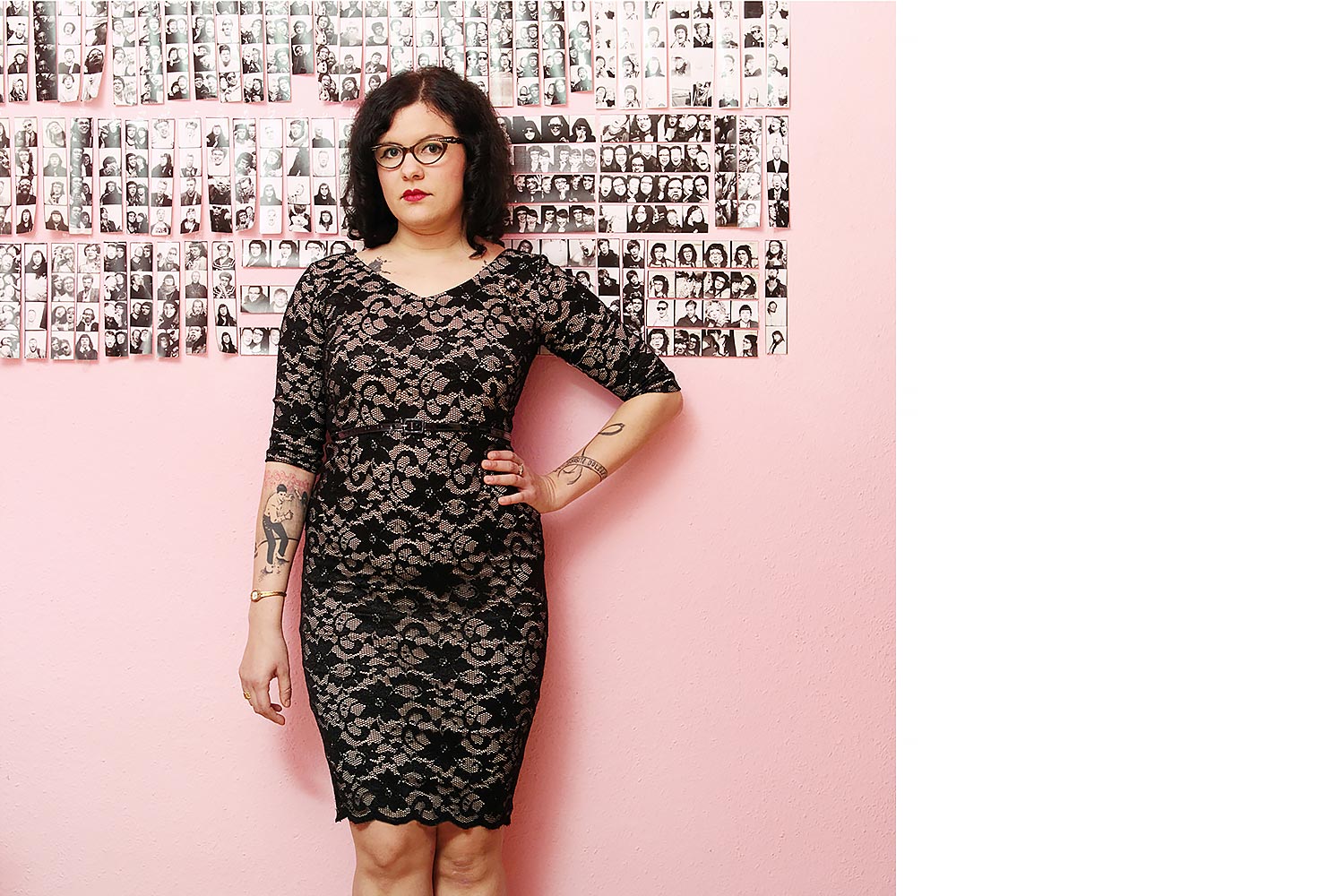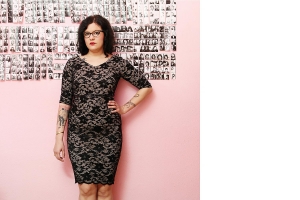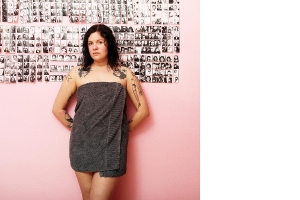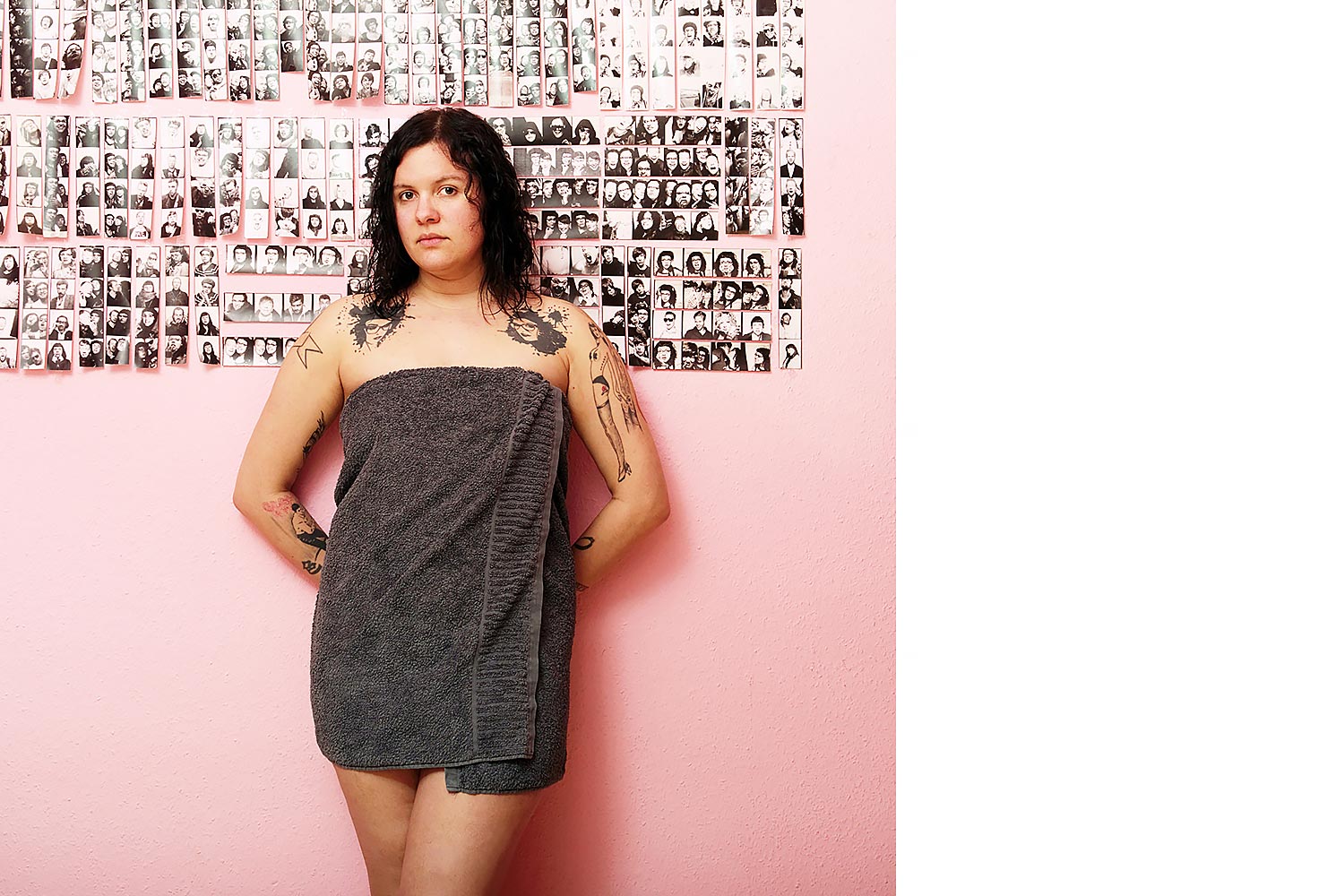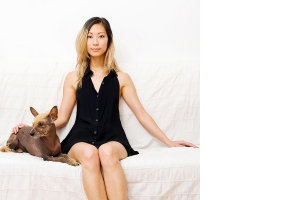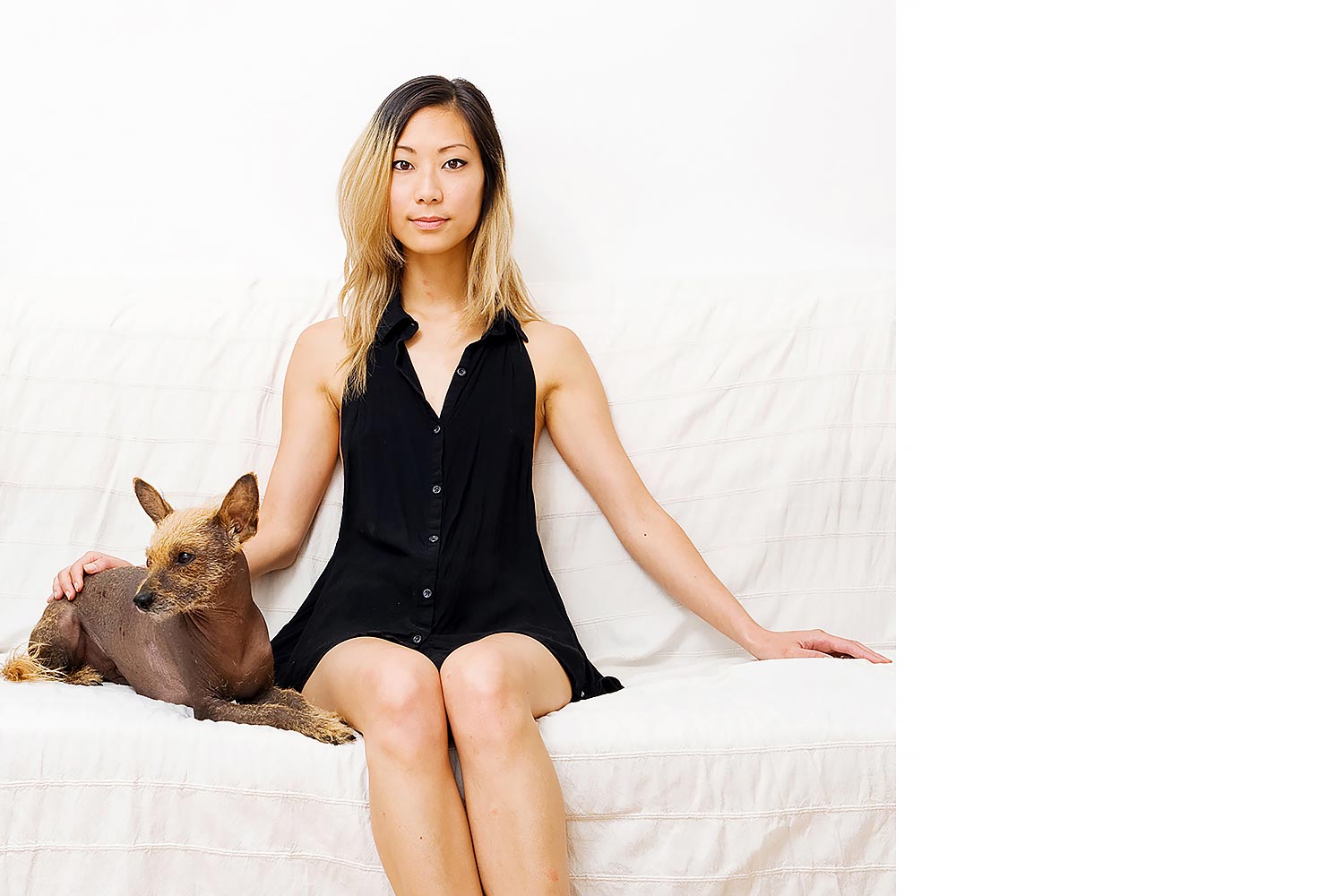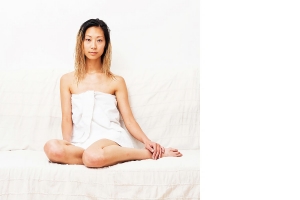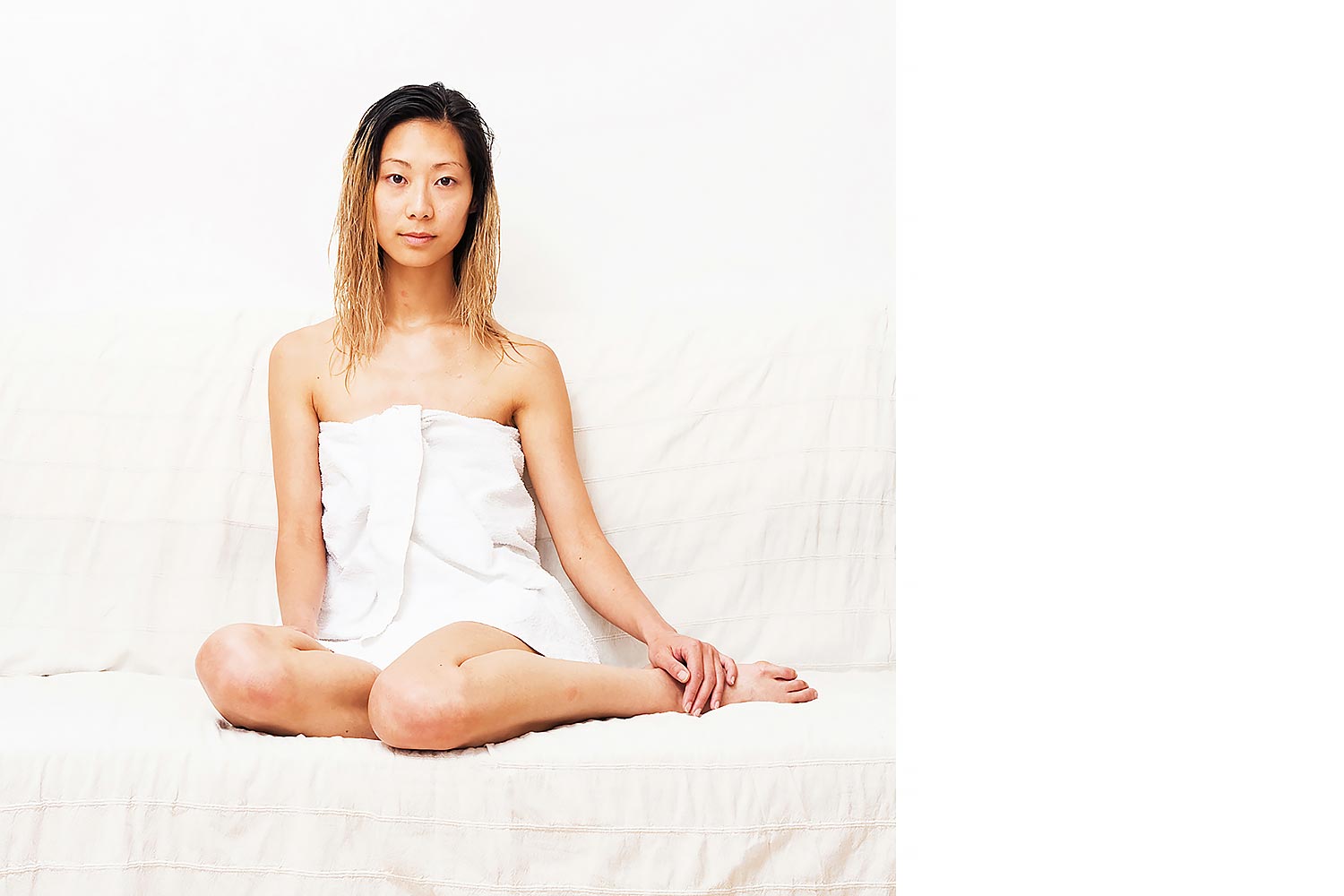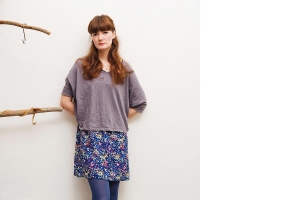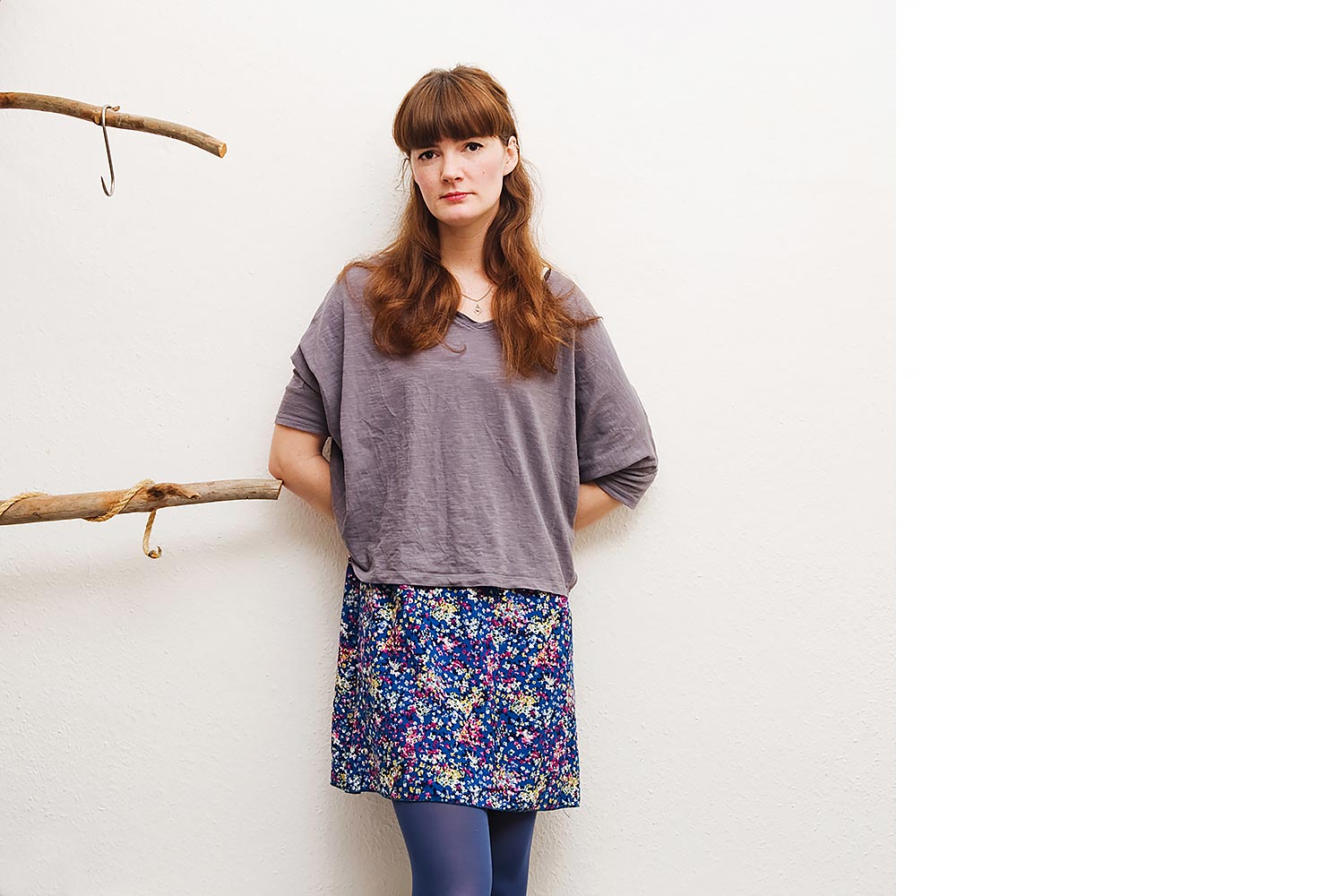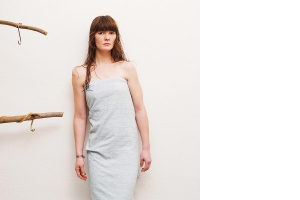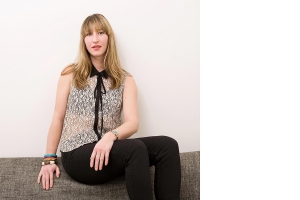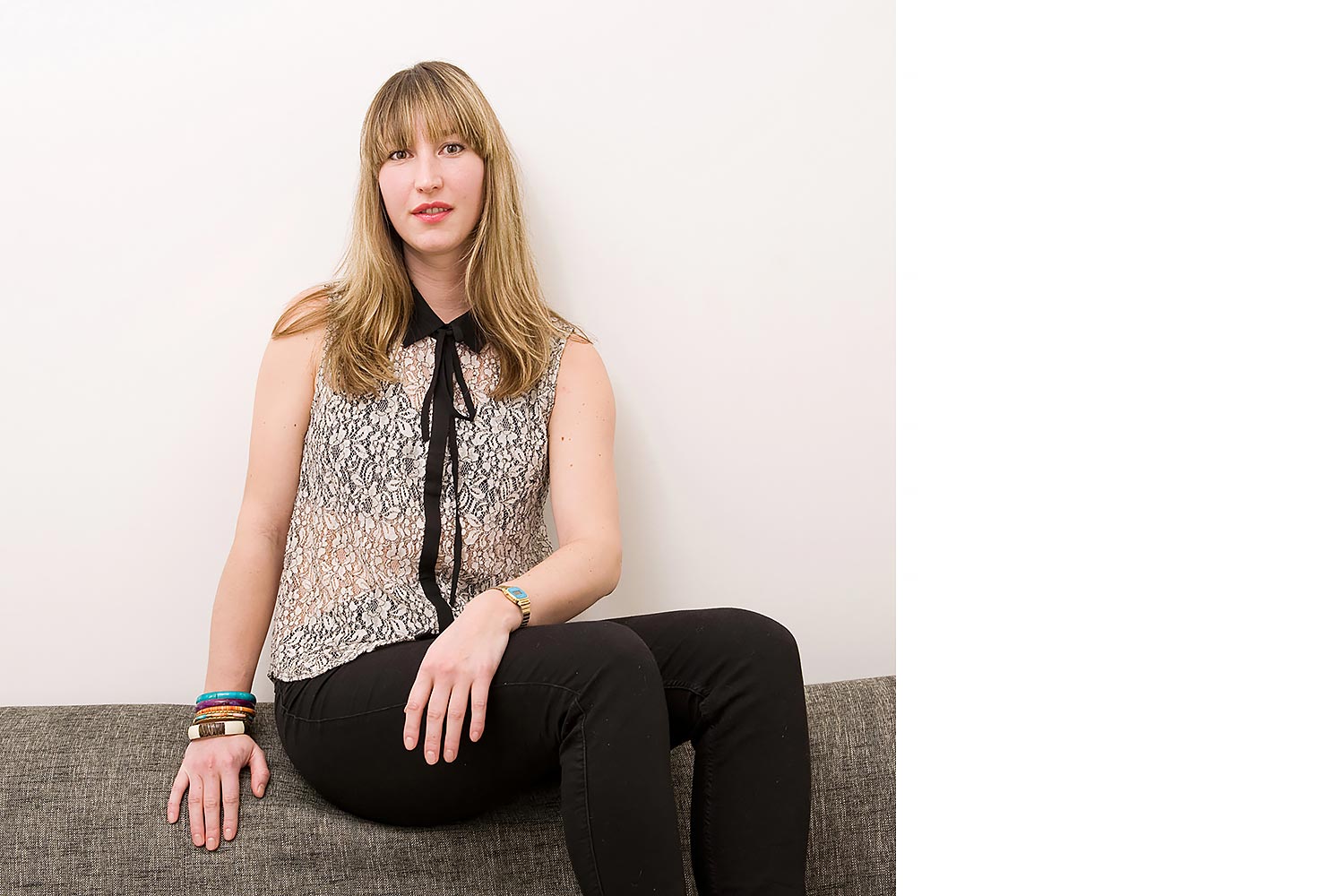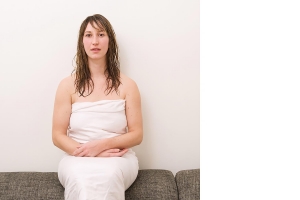Johari
Tabea, 2014 / Yue Shin, 2013 / Katherina, 2013 / Annemarie, 2013
Mit Hilfe des Johari-Fensters wird vor allem der so genannte „blinde Fleck“ im Selbstbild eines Menschen illustriert. Das Johari Fenster verdeutlicht, dass “Selbstwahrnehmung” und “Fremdwahrnehmung” sich in aller Regel nicht entsprechen. Der Mensch nimmt sich selbst anders wahr, als das andere Personen tun. Was passiert, wenn man die Attribute der Selbstdefinition wie Kleidung, Schminke, Accessoires weglässt?
The so-called “blind spot” in a person’s self-image is illustrated with the help of the Johari window. The Johari window makes it clear that “self-perception” and “external perception” generally do not correspond. People perceive themselves differently than other people do. What happens if you leave out the attributes of self-definition such as clothing, make-up, accessories?
Mit Hilfe des Johari-Fensters wird vor allem der so genannte „blinde Fleck“ im Selbstbild eines Menschen illustriert. Das Johari Fenster verdeutlicht, dass “Selbstwahrnehmung” und “Fremdwahrnehmung” sich in aller Regel nicht entsprechen. Der Mensch nimmt sich selbst anders wahr, als das andere Personen tun. Was passiert, wenn man die Attribute der Selbstdefinition wie Kleidung, Schminke, Accessoires weglässt?
The so-called “blind spot” in a person’s self-image is illustrated with the help of the Johari window. The Johari window makes it clear that “self-perception” and “external perception” generally do not correspond. People perceive themselves differently than other people do. What happens if you leave out the attributes of self-definition such as clothing, make-up, accessories?
